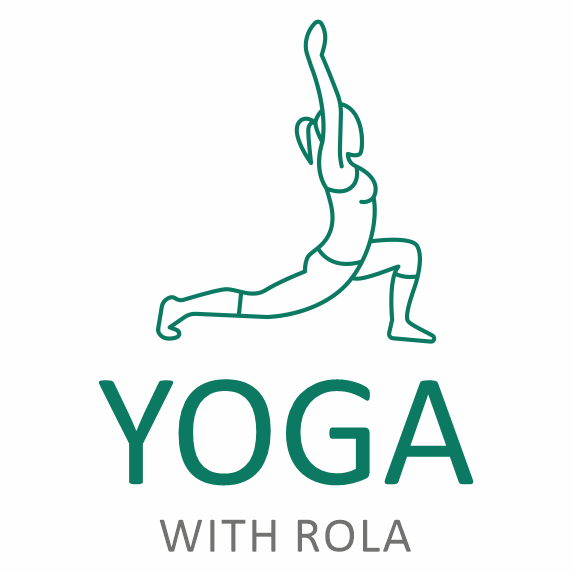Yoga is known as a mind-body ancient practice that boasts a host of benefits particularly for those looking for a gentler physical activity. As a Yoga teacher and therapist based in Portugal, my key clients have been over the age of 65, many suffering from specific health situations like arthritis or cardiovascular disease. Yet Yoga boasts a host of benefits for younger people, specifically teenagers as they prepare to step into a very uncertain world as adults. From my limited recent experience guiding a group of teenagers through online classes, and after scanning latest research, here are some of the many benefits why teens can be the real winners in Yoga.
- Yoga offers physical advantages like increased core strength as well as better flexibility, alignment and balance. For example, for teenagers who do a lot of running and cycling, Yoga provides opportunity to lengthen the hamstrings, the group of muscles found in back of the legs. For those who play sports that emphasise one side of the body, such as tennis, Yoga can help create more balance between the right and left sides of the body as well as better awareness on how to avoid injuries from asymmetrical movement.
- Research shows that last year has been especially difficult on teen agers and young adults. With school closures, social isolation and concerns about older family or friends getting infected, stress management has become an every day essential tool. While this age group is facing stressors like exams, homework, pressure from social media, the added COVID-19 effect, makes them particularly vulnerable to mental distress. This is where Yoga classes for teens can be especially beneficial. Through breathing techniques and simple mindfulness practices, many of which are available online, Yoga can provide tools that can work off the mat when anxiety or other stressful situations come. (As they inevitably will)
- Yoga promotes discipline, a time dedicated to nurturing one’s self, serving as a healthy alternative to screen time. Dedicating a few minutes at the beginning of the day for gentle movements and breathing exercises can set teens up for the day, helping clear the mind and offering balance for the challenges of the day ahead.
- Yoga offers different paths and approaches to choose from. Movement and a vigorous practice might work for some, but a quieter, more meditation-focused practice might be better suited for others. Whichever path, the end destination is the same — namely finding the true self through greater self-awareness. The practice should ideally incorporate many elements known to reduce anxiety symptoms, including physical exercise, breathing, meditation, and mindfulness.
- The demographics work in Yoga’s favor: Generation Z (or Gen Z) is the one born between 1996 and 2010 and accounts for 32% of the world’s population. There is a clear synergy between what they value and Yoga principles to health and wellness. According to research, more than two-third of Gen Z see links between mental, emotional, and physical wellbeing. Compared to previous generations, they are also more likely to practice mindfulness or meditation and are more conscious about sustainability and lifestyle choices — all of which resonate well with Yoga principles.
Whether web-based or in a group class setting, this ancient practice remains an inexpensive, safe, and potentially very beneficial approach to build stronger teens ready to phase the next phase of life.



Add a Comment